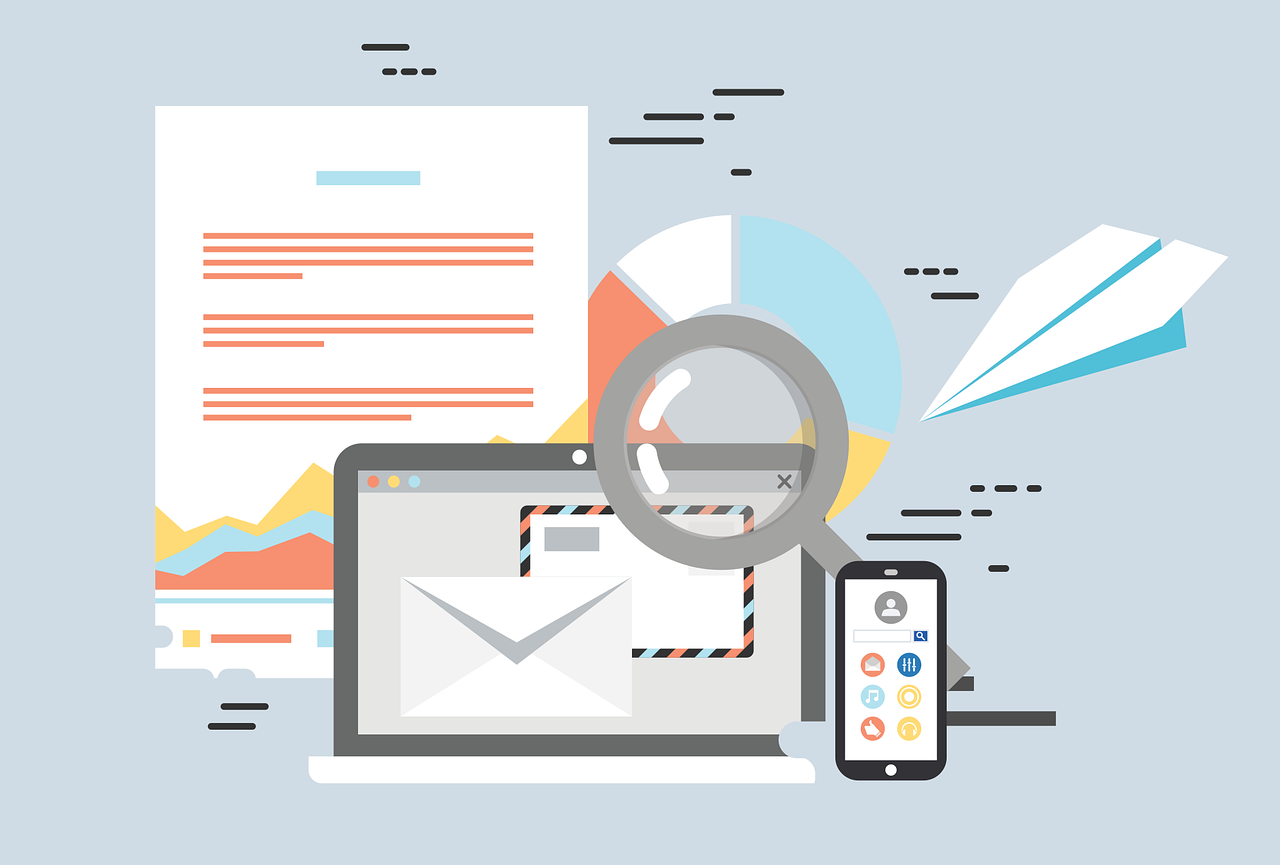
DMARC check refers to the process of vetting emails to prevent the business from phishing attacks, email scams, and other issues related to cyber-security. Let’s look at DMARC in detail and how DMARC check can help the business in protecting its domain from being compromised by hackers.
How is DMARC helpful
The domain of a business is vulnerable to cyber-attacks by hackers. If they find an organization’s domain unshielded, they may try to impersonate its brand and send emails through what seems to be the organization’s domain address.
Thus they can use DMARC to protect their domain. DMARC stands for Domain-based Message Authentication, Reporting and Conformance. It is a protocol designed to verify emails and make it difficult for hackers to carry out phishing attacks on the organization’s domain and copy its brand to send emails to the customers, clients or staff members.
How does DMARC check work?
With DMARC, you can address the issue of unsanctioned use of your email domain by incorporating a policy in DMARC records. DMARC records are a list of individuals who are authorized to use the company’s domain for sending emails. The DMARC record informs all the major ISPs, including Microsoft, Gmail and yahoo etc., that the organization’s domain is programmed to use DMARC.
When a DMARC check is applied on emails, it verifies all the emails based on the DNS records. The organization’s DMARC record is published to the DNS (Domain Name System). Then the organization reviews its DMARC activity to assess what has been emailed from its domain.
The DMARC record checker enables the organization to authenticate its DMARC Record. Once the DMARC check is done, the email delivery is enabled according to the organization’s policy.
Here, the policy comes into play. Organizations can decide on a policy based on their risk tolerance. Usually, three kinds of approaches are adopted.
- P=none: normal monitoring of the email traffic, and no action may be taken. Sometimes messages are sent as a normal email, but a warning may be included.
- P=quarantine: if the email fails the DMARC check, it may be subjected to quarantine and diverted to the spam folder. The end-user can approve it manually later.
- P=reject: if the email is unauthorized, it is not allowed to be delivered; this policy is the ultimate goal of applying DMARC
DMARC usually works in congruence with SPF (Sender Policy Framework) or DKIM (Domain keys Identified Mail) or both, which are also email authentication protocols. DMARC check approves the email once SPF, DKIM or both pass it. This process is termed DMARC alignment. At times, an email passes SPF or DKIM, but the DMARC check fails.